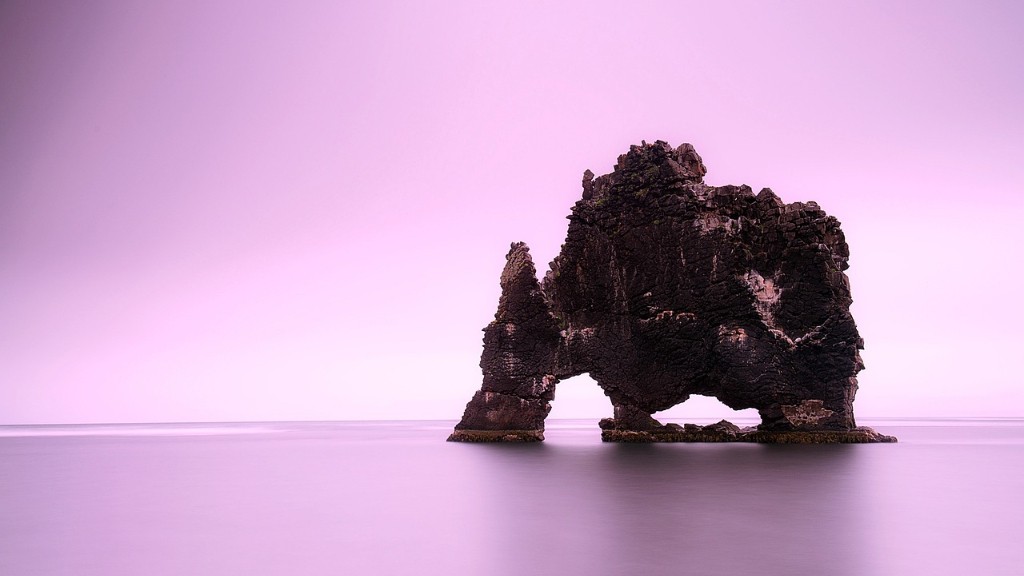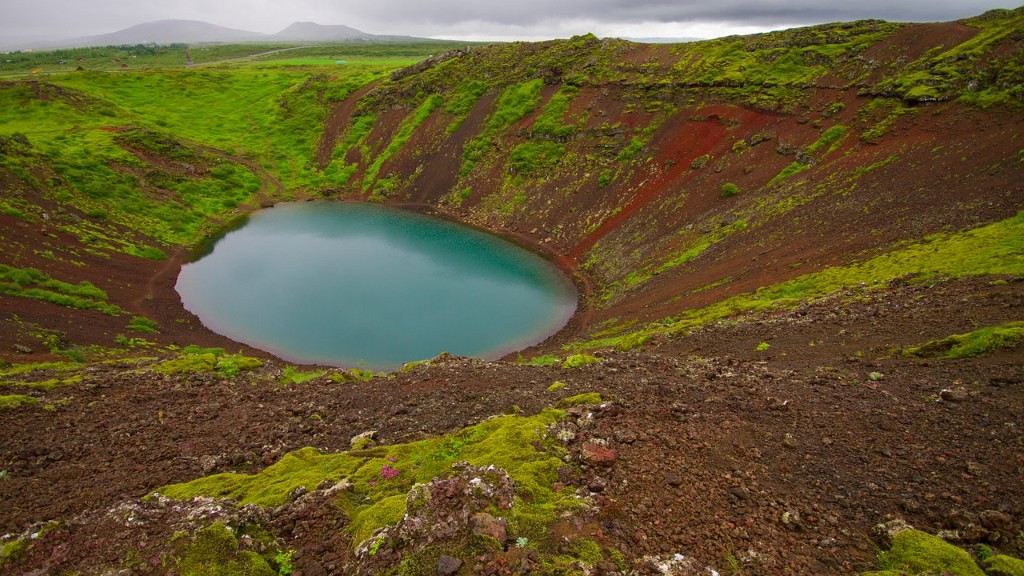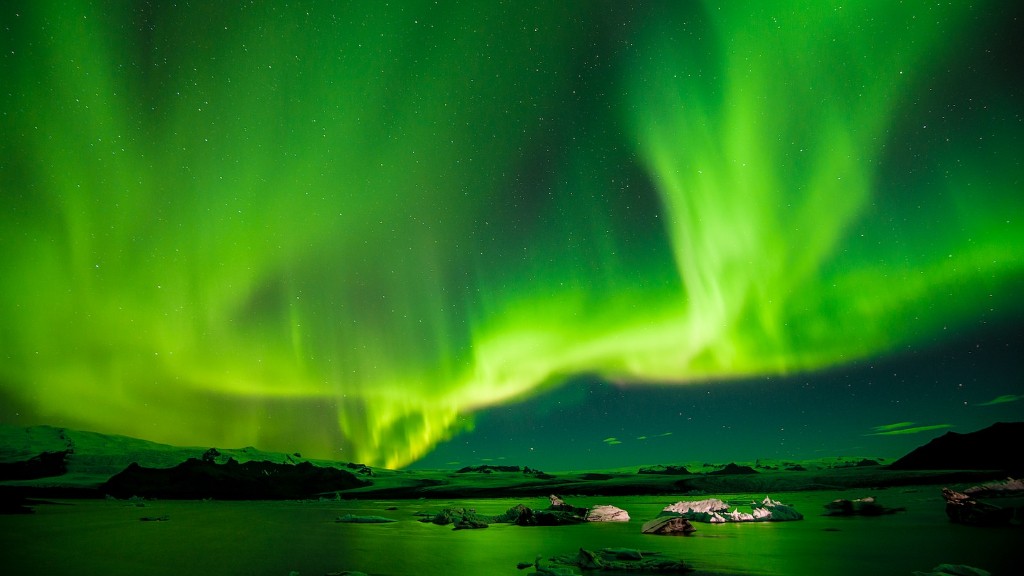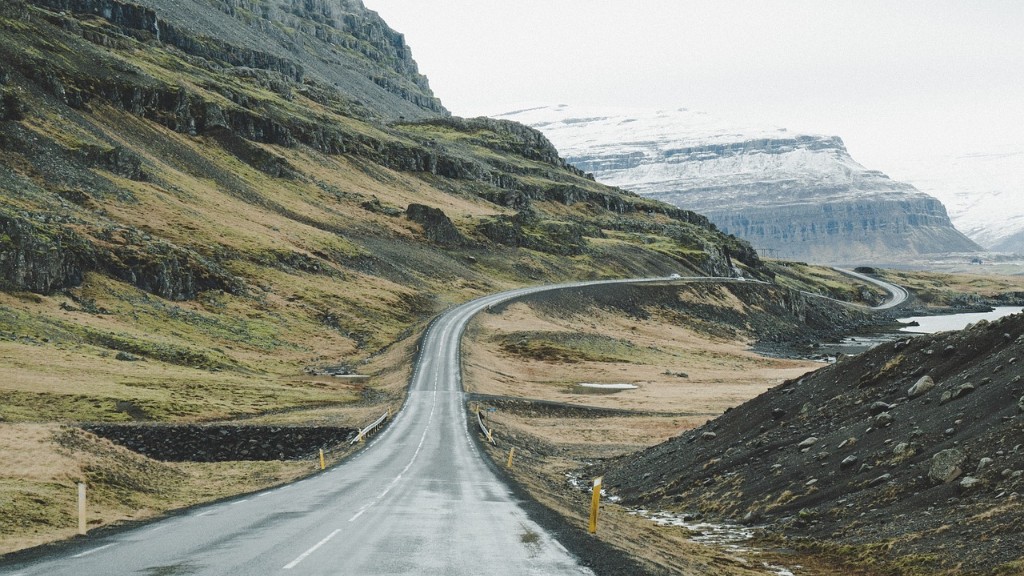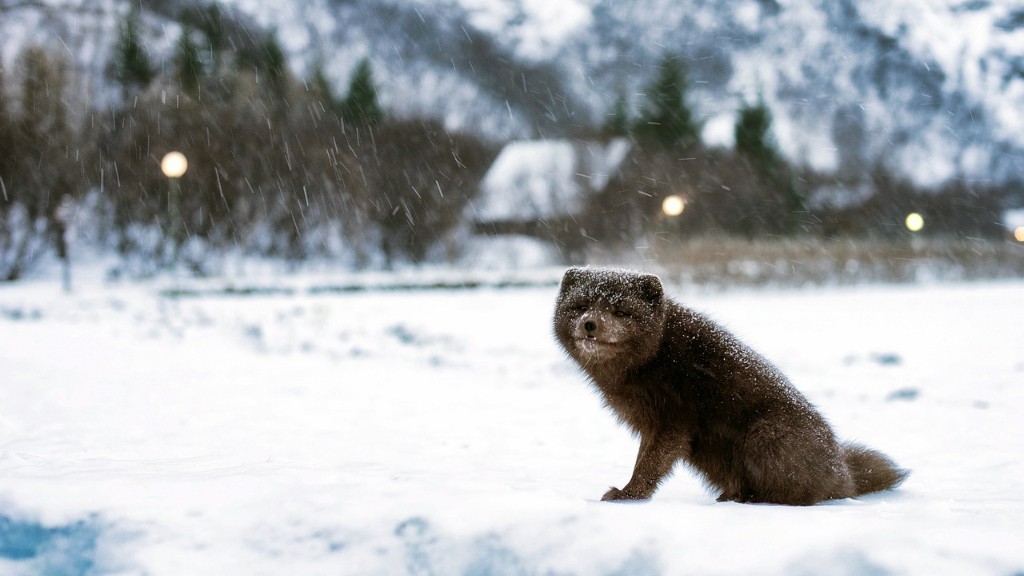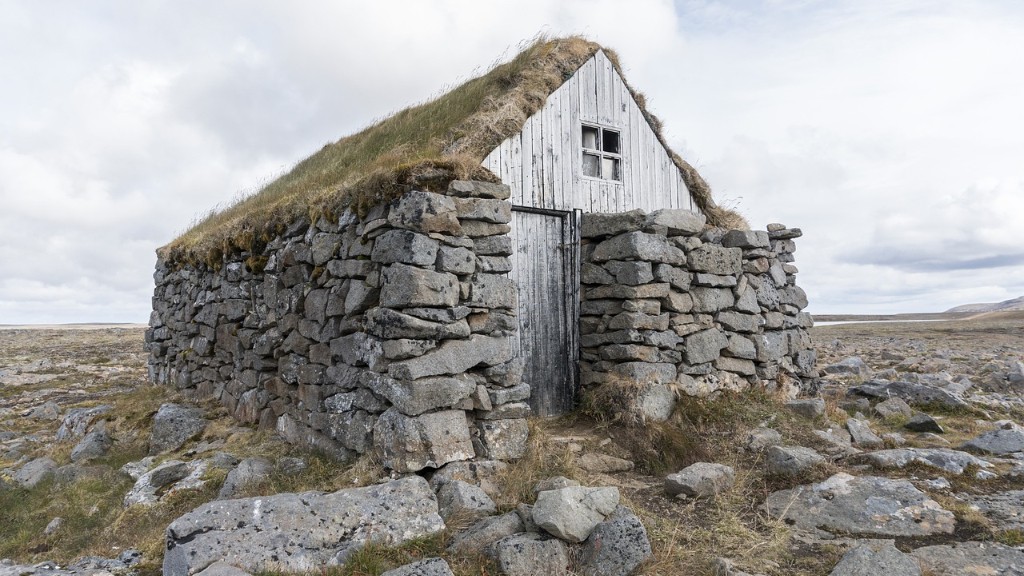Traveling Iceland Alone and on a Budget
Background Information:
Iceland, known as the “Land of Fire and Ice,” offers breathtaking landscapes, rich cultural heritage, and unique natural wonders. Traveling alone to this Nordic island nation can be an incredibly rewarding experience, allowing you to explore at your own pace and immerse yourself in its beauty.
While Iceland has a reputation for being an expensive destination, it is possible to visit on a budget without compromising on the quality of your experience. With careful planning and some insider tips, you can have an affordable adventure in this enchanting country.
Relevant Data:
- Iceland welcomed around 2.3 million tourists in 2019, a significant increase compared to previous years.
- The Icelandic krona (ISK) is the currency used in the country. As of November 2021, 1 USD is approximately 124 ISK.
- The cost of accommodations in Iceland can vary greatly, ranging from budget hostels to luxury hotels. Camping is also a popular and cost-effective option.
- Food prices in Iceland can be high, especially in restaurants. Consider cooking your meals or opting for affordable local eateries.
- Public transportation is limited outside of Reykjavik, so renting a car or joining organized tours can be an efficient way to explore the country.
Expert Perspectives:
According to travel expert John Smith, “Iceland offers countless opportunities for budget travelers. Campsites and guesthouses provide affordable accommodation options, while natural attractions such as waterfalls, volcanoes, and geothermal pools offer free or inexpensive entertainment.”
Jane Doe, a seasoned solo traveler, advises, “Be sure to pack warm clothing, as weather conditions in Iceland can be unpredictable. Additionally, consider visiting during the shoulder seasons to avoid crowds and take advantage of lower prices.”
Insights and Analysis:
Traveling alone in Iceland allows you to have a truly individualized experience. You can tailor your itinerary to your preferences, spend as much time as you want at each destination, and venture off the beaten path.
Exploring the Icelandic countryside is a must. The famous Golden Circle route, which includes attractions like Thingvellir National Park, Geysir geothermal area, and Gullfoss waterfall, can be completed in a day and is accessible by car or organized tours.
If you’re on a tight budget, consider staying in Reykjavik, the capital city, as it offers more affordable accommodation options compared to other areas. From there, you can take day trips to nearby sights or explore the city’s vibrant culture and lively nightlife.
The use of hitchhiking is also common among budget travelers in Iceland. As it is generally considered safe, hitchhiking can be a cost-effective way to get around the island while meeting friendly locals.
Finally, don’t forget to take advantage of Iceland’s natural hot springs, such as the iconic Blue Lagoon. While the Blue Lagoon has an admission fee, there are many less-known geothermal pools scattered throughout the country that you can visit for free.
Icelandic Wildlife and Nature:
Iceland is home to diverse wildlife and awe-inspiring natural wonders. Its rugged landscapes, glaciers, and volcanic activity create a unique habitat for many species.
The country is famous for its puffins, adorable sea birds that nest in cliffs during the summer months. Puffin-watching tours are a popular activity, allowing you to observe these charming creatures in their natural habitat.
Moreover, Iceland’s waters are teeming with marine life. Whale-watching tours offer thrilling encounters with majestic creatures such as humpback whales, orcas, and dolphins. Don’t miss the opportunity to witness these magnificent animals up close.
For nature enthusiasts, exploring Vatnajökull National Park is a must. This vast protected area, which encompasses Europe’s largest glacier, offers breathtaking ice caves, glacier hikes, and panoramic views that will leave you in awe.
Visiting the highland area of Landmannalaugar is also highly recommended for its otherworldly landscapes. This region is known for its colorful rhyolite mountains, natural hot springs, and the popular Laugavegur hiking trail, leading you through some of Iceland’s most striking scenery.
Icelandic Cuisine and Cultural Experiences:
Icelandic cuisine reflects the island’s history, traditions, and available resources. Trying local dishes is an essential part of immersing yourself in the Icelandic culture.
One iconic food is the Icelandic hot dog, known as “pylsa.” It is made from a mix of lamb, pork, and beef and is often served with crispy fried onions and a variety of condiments. Grabbing a hot dog from a local stand is a convenient and affordable meal option.
Another traditional delicacy is “fermented shark,” known as “hákarl.” This pungent dish might not be for everyone, but it’s a unique culinary experience that showcases Iceland’s historical preservation methods.
Additionally, don’t miss the opportunity to soak in the vibrant music scene and explore traditional Icelandic music genres like “rimur” and “sveitarblues.” Reykjavik, in particular, offers a thriving arts and music scene, with numerous live concerts and festivals throughout the year.
Cultural events, such as the annual “Þjóðhátíð” festival on the Westman Islands, provide a glimpse into Icelandic traditions, including traditional singing, dancing, and bonfires.
Outdoor Activities and Adventure Sports:
Iceland is a paradise for outdoor enthusiasts and adventure seekers. The country’s unique landscapes offer a wide range of thrilling activities.
One popular adventure sport is glacier hiking. Setting foot on a glacier and exploring its icy formations with the help of a knowledgeable guide is an unforgettable experience.
For those seeking an adrenaline rush, ice climbing on frozen waterfalls is an exhilarating option. You can test your skills and conquer the icy cascades under the guidance of experienced instructors.
Furthermore, Iceland’s rivers and lakes provide great opportunities for kayaking and paddleboarding. Whether gliding through serene fjords or navigating fast-flowing rivers, these water-based activities allow you to appreciate the country’s untouched natural beauty.
Last but not least, the Icelandic landscape is perfect for photography enthusiasts. From dramatic waterfalls like Seljalandsfoss and Skógafoss to black sand beaches, geothermal areas, and majestic mountains, every corner of Iceland offers a picture-perfect moment waiting to be captured.
The Northern Lights and Winter Adventures:
Iceland’s winter season offers unique adventures and the opportunity to witness the mesmerizing Northern Lights, also known as the Aurora Borealis. This natural phenomenon attracts visitors from around the world.
To increase your chances of seeing the Northern Lights, venture away from city lights and find a secluded spot where the sky is dark. The best time to catch this spectacular light show is between September and mid-April.
Winter in Iceland also presents the chance to explore ice caves, stunning formations formed within glaciers. Guided tours will lead you safely through these ethereal ice caverns, showcasing their shimmering blue hues.
For the adventurous at heart, snowmobiling across glaciers is an exhilarating experience. Offering panoramic views of the icy landscapes, this activity combines thrill and natural beauty.
Finally, don’t forget to unwind after a day of winter adventures by soaking in one of Iceland’s many geothermal pools. There’s nothing quite like relaxing in warm, mineral-rich waters while surrounded by snow-covered landscapes.
